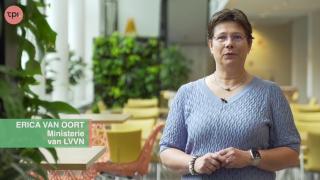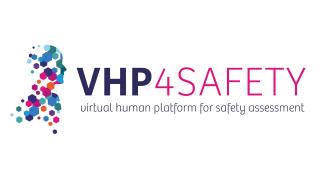Lung tumor spheroids for onco-immunological research
Lung cancer thrives in a complex multicellular tumor microenvironment that impacts tumor growth, metastasis, response, and resistance to therapy. While orthotopic murine lung cancer models can partly recapitulate this complexity, they do not resonate with high-throughput immunotherapeutic drug screening assays. To address the current need for relevant and easy-to-use lung tumor models, we established a protocol for fully histo-compatible murine and human lung tumor spheroids, generated by co-culturing lung fibroblasts with tumor cells in ultra-low adherence 96-well plates. Moreover, we describe their application potential to study tumor-stroma organization, T-cell motility, and infiltration as well as distinct macrophage subsets’ behavior using confocal microscopy. Finally, we report on a 3D target specific T-cell killing assay that allows spatio-temporal assessment using live cell imaging and flow cytometry. This lung tumor spheroid platform can serve as a blueprint for other solid cancer types to comply with the need for straightforward onco-immunology assays.
New

Helpathon #12 – Can you help Erica?

The NAM Navigator: A unique repository for information on the validation and acceptance of New Approach Methodologies
